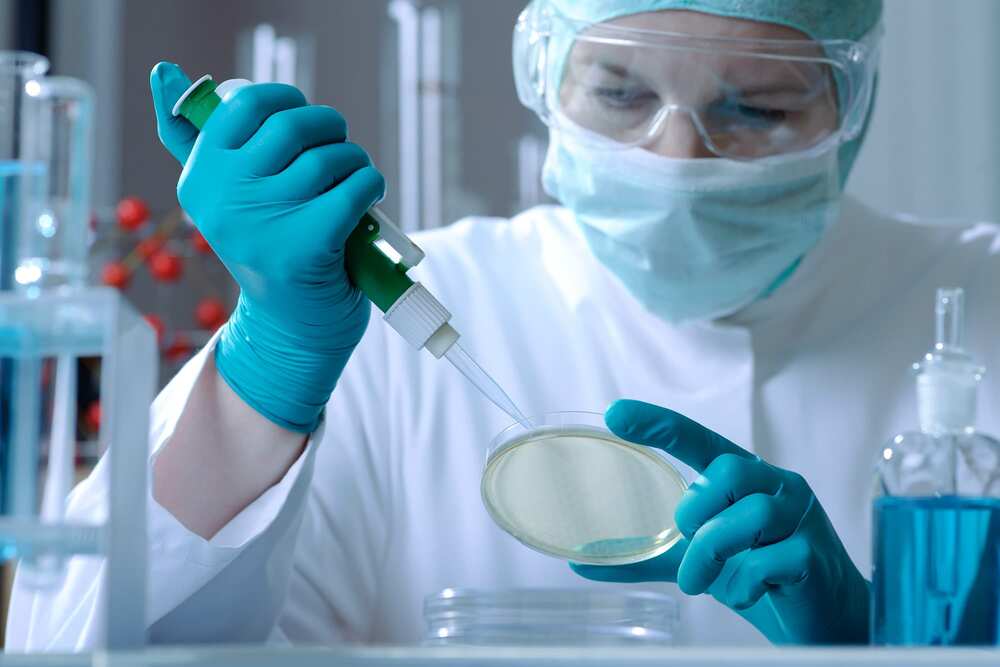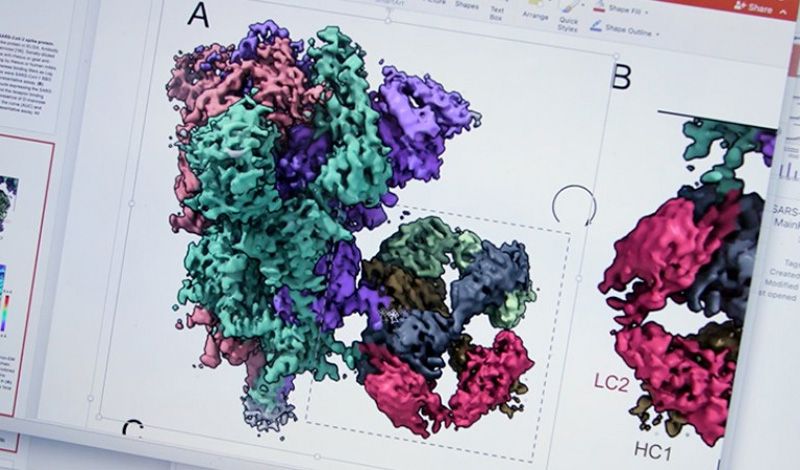When Open AI’s GPT-3 model made its debut in May of 2020, its performance was widely considered to be the literal state of the art. Capable of generating text indiscernible from human-crafted prose, GPT-3 set a new standard in deep learning. But oh what a difference a year makes. Researchers from the Beijing Academy of Artificial Intelligence announced on Tuesday the release of their own generative deep learning model, Wu Dao, a mammoth AI seemingly capable of doing everything GPT-3 can do, and more.
First off, Wu Dao is flat out enormous. It’s been trained on 1.75 trillion parameters (essentially, the model’s self-selected coefficients) which is a full ten times larger than the 175 billion GPT-3 was trained on and 150 billion parameters larger than Google’s Switch Transformers.
In order to train a model on this many parameters and do so quickly — Wu Dao 2.0 arrived just three months after version 1.0’s release in March — the BAAI researchers first developed an open-source learning system akin to Google’s Mixture of Experts, dubbed FastMoE. This system, which is operable on PyTorch, enabled the model to be trained both on clusters of supercomputers and conventional GPUs. This gave FastMoE more flexibility than Google’s system since FastMoE doesn’t require proprietary hardware like Google’s TPUs and can therefore run on off-the-shelf hardware — supercomputing clusters notwithstanding.







